Supreme Court rules for student in social media free speech case Mahanoy Area School District v. BL
Guest blog post by Gene Policinski
Public school students can speak freely – even vulgarly – off-campus in most instances without fear of being punished by their schools, an 8-1 majority of the U.S. Supreme Court said Wednesday in a case that had a lot of First Amendment advocates holding their breath.
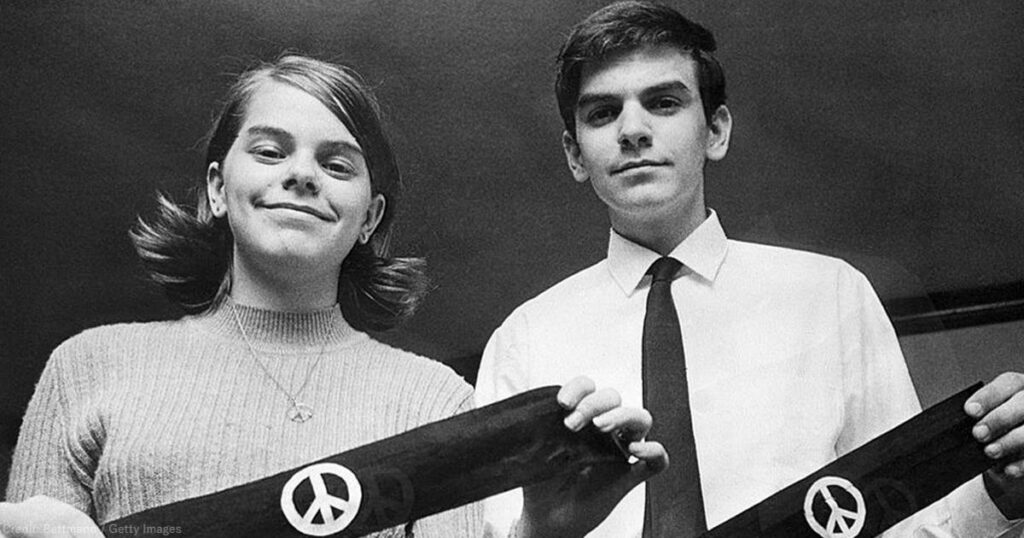
The Tinker siblings from Tinker v. Des Moines
Most notably, Mahanoy Area School District v. BL, the court Wednesday upheld the main principle of the core 1969 student speech case, Tinker v. Des Moines Independent Community School District, that neither students nor teachers “shed their constitutional rights to freedom of speech or expression at the schoolhouse gate.”
There was wide concern that a new conservative majority on the court – which over the past 40 years has supported school authority to regulate some in-school student speech – would extend the power of administrators into after-school hours and off-school grounds.
In one of the more recent cases, Morse v. Frederick – more popularly known as the “Bong Hits 4 Jesus” case – the court upheld an Alaskan school’s right to punish a student for the off-campus banner carrying those words, as an important school role in preventing use of illegal drugs. [NOTE: The “Bong Hits” banner is currently on display at the First Amendment Museum, in Augusta, Maine).
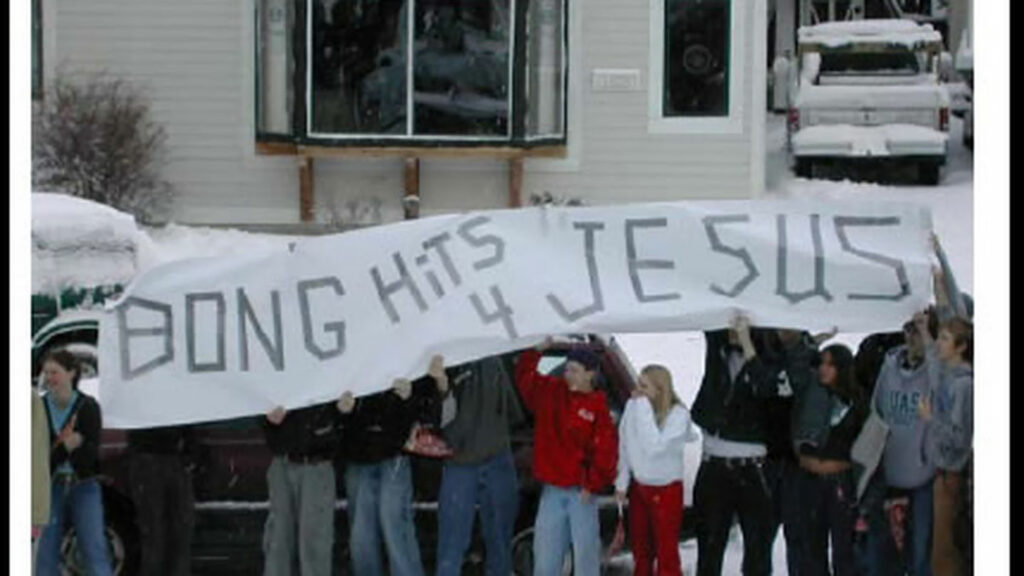
The ruling restrains the off-campus reach of school officials, even as its decision acknowledges exceptions such as field trips, athletic events, bullying that continues off-campus or when student speech specifically targets an individual teacher or student. The decision also notes the increasingly difficult line to draw between “on” and “off” campus given the rising use of online instruction and social media in general.
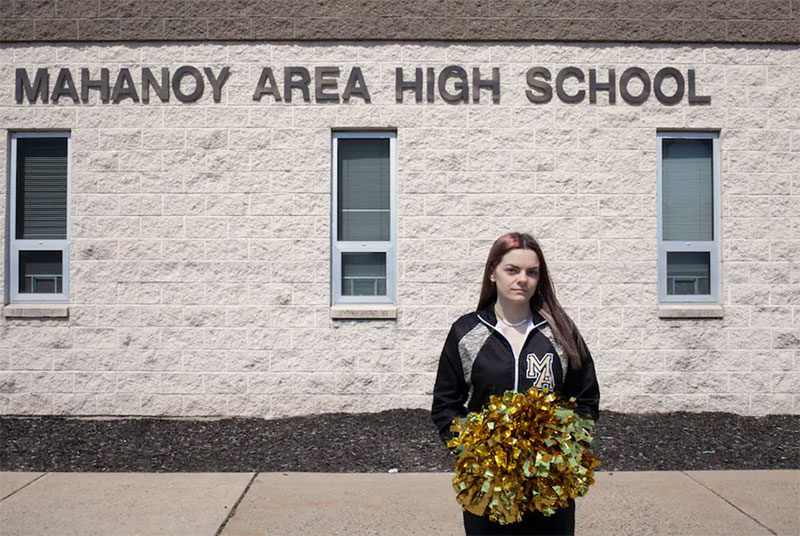
Brandi Levy, the student in question. Source: ACLU
In the case at hand, a student used and posted on social media criticisms of the school and its cheerleading squad when she failed to make the varsity team. On the following weekend, while at a local convenience store, she used her smartphone to post two images on Snapchat – where such images disappear after a time — one showing her and friend with raised middle fingers and repeated use of the f-word. A few other students relayed the images around the school and to teachers and coaches, and the posts were discussed briefly during an Algebra class taught by one coach.
The court said with no evidence of significant disruption of the educational work of the school, legal justification was lost for a public school to punish the student for her posts – noting such territory has been reserved to parents. Also, the court said that since school officials already can regulate in-school student speech that otherwise would be protected, extending that authority to off-school hours “may mean the student cannot engage in that kind of speech at all.”
Justice Stephen J. Breyer, writing for the majority, left open the door for adding circumstances in which school might be able to act without violating First Amendment rights: “Particularly given the advent of computer-based learning, we hesitate to determine precisely which of many school-related off-campus activities” might warrant future oversight and “neither do we know how such a list might vary, depending on a student’s age, the nature of the school’s off-campus activity or the impact on the school itself.”
In words that will echo longer after the specifics of this case, Breyer took special note of the role of schools as “the nurseries of democracy.” The governing system only works, he said, if it protects “the marketplace of ideas” in which “free exchange facilitates an informed public opinion.”
Breyer said that “Schools have a strong interest in ensuring that future generations understand the workings in practice of the well-known aphorism, ‘I disapprove of what you say but I will defend to the death your right to say it’.”
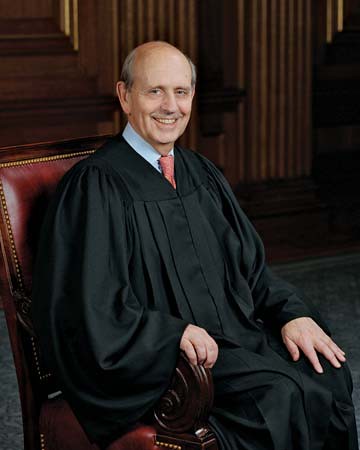
Justice Stephen J. Breyer
Justice Clarence Thomas the lone dissenter, offered the view that schools are unlike other public bodies in that they traditionally have functioned in the place of parents – and thus are not bound in the same way by First Amendment concerns. He also wrote that the intent of the cheerleader’s post was to “degrade” the program and cheerleader staff in front of other students, “subverting” the coaches’ authority.
The fact that schools in some circumstances may act as parents does not, to me, mean that applies in all cases – especially when students are away from school, after regular school hours and not participating in a circumstance that would imply school approval or involvement. And the majority opinion by Beyer notes that the coaches saw no impact on their work other than having to respond to a few students when the posts became public.

While not dismissing the vulgarity of the student’s remarks, Breyer noted that had she “uttered the same kind of pure speech … the First Amendment would provide strong protection” as it does for “even hurtful speech on public issues to ensure we do not stifle public debate.”
As if to speak to the media attention that – at times, somewhat gleefully in my view – focused on the shock value of a cheerleader using the “f-word” in the posts, Breyer said “it might be tempting to dismiss (her) words as unworthy of the robust First Amendment protections discussed herein. But sometimes it is necessary to protect the superfluous to protect the necessary.”
The “necessary” here was the need to balance the need for schools to be able to educate, the right of parents as the primary actor in overseeing their children’s conduct away from school and – most importantly – the need for student’s First Amendment rights to be respected and protected, both in the moment and as a learning tool for full participation in a self-governing democracy.
Gene Policinski is a member of the board of trustees and board secretary of the First Amendment Museum and frequently writes on issues involving the First Amendment.
Related Content
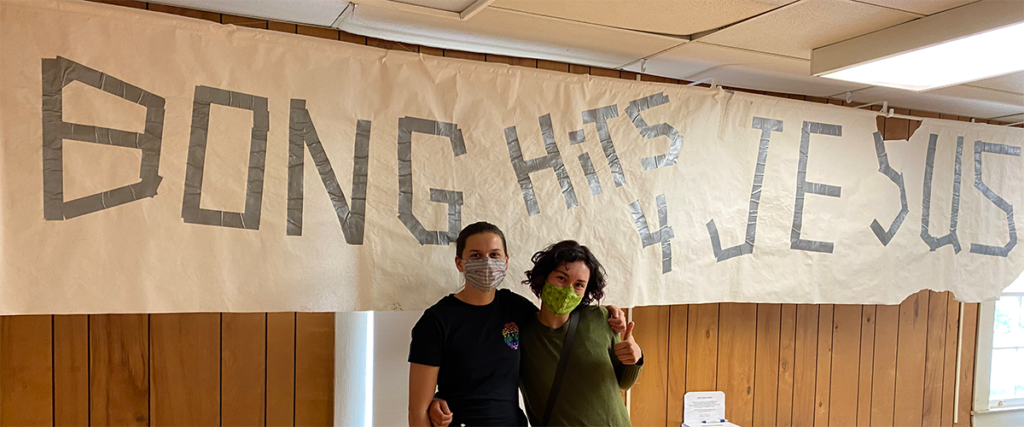
Learn more about the Morse v. Frederick case, in which the Supreme Court ruled against off-campus student free speech, and see the original banner that caused it all in our Bong Hits 4 Jesus exhibit.

